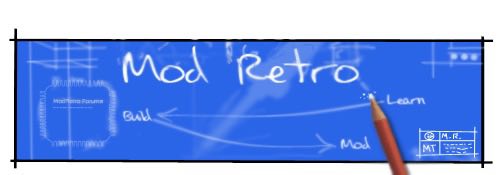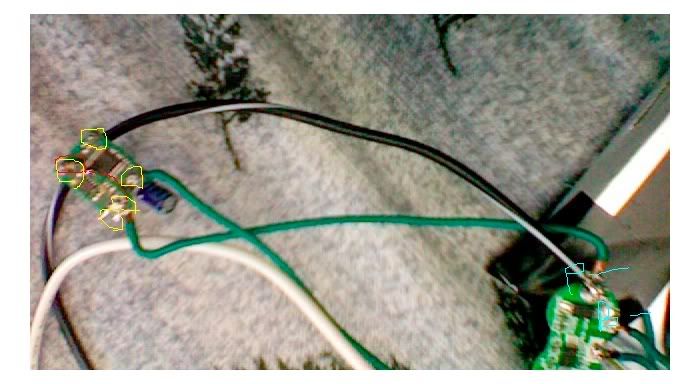TheNineRings
Official Hypello of ModRetro
This is an awesome guide. It will be very usefule for noobs like me.
Also whats up with this smiley?
I like it, but dont know where to use it.
Also whats up with this smiley?

I like it, but dont know where to use it.


